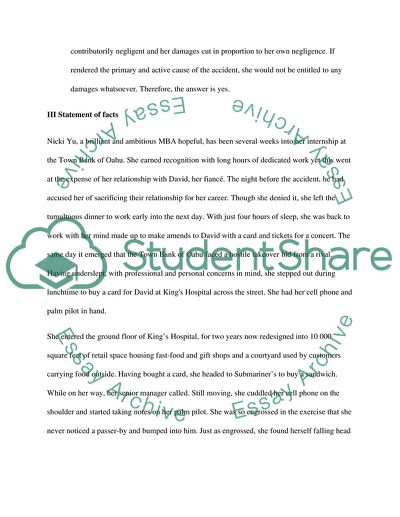Cite this document
(King's Negligent under Premises Liability Law Case Study, n.d.)
King's Negligent under Premises Liability Law Case Study. Retrieved from https://studentshare.org/law/1730222-analysis-case
King's Negligent under Premises Liability Law Case Study. Retrieved from https://studentshare.org/law/1730222-analysis-case
(King'S Negligent under Premises Liability Law Case Study)
King'S Negligent under Premises Liability Law Case Study. https://studentshare.org/law/1730222-analysis-case.
King'S Negligent under Premises Liability Law Case Study. https://studentshare.org/law/1730222-analysis-case.
“King'S Negligent under Premises Liability Law Case Study”, n.d. https://studentshare.org/law/1730222-analysis-case.


